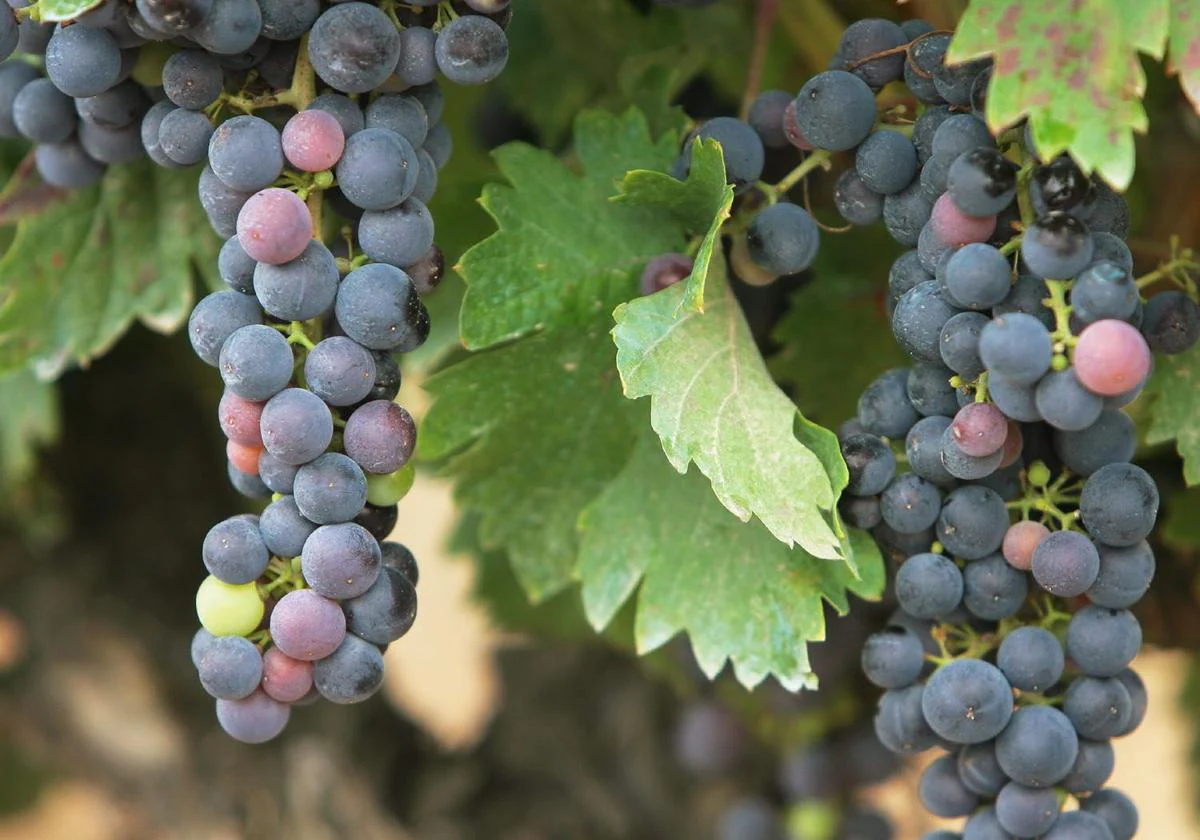Colours of wine
Red wine is made from red grapes and white wine from white grapes. Right? Wrong!
Andrew J. Linn
Malaga
Friday, 30 August 2024, 13:26
Red wine is made from red grapes and white wine from white grapes. Right? Wrong! Actually, it's all down to skin contact. Red grapes, if pressed and immediately separated from their skins, will produce white wine. Conversely, white grapes left for extended periods on their lees, sediments etc, can give a dark rosé. The colour of red wine comes overwhelmingly from the skins of red or black grapes, not the pulp. Most grape flesh, whether from red or white grapes, is relatively colourless.
White wine is usually made from white grapes like Chardonnay, Sauvignon Blanc, and Riesling, but some also originate from red-skinned grapes, such as Pinot Noir (often used for champagne). If we go back four millennia, our predecessors just chucked any old grapes of whatever provenance into a clay tank or qvevri, sealed it and drank it after a year, regardless of how it tasted. In Georgia they still do this, and from personal experience I cannot recommend it to a generation brought up on multi-filtered modern wine. Nevertheless it is a unique experience if the opportunity arises. Orange wine, currently the flavour of the month – literally – and with its roots in the Caucasus, is made from white grapes left for extended periods on their skins. In some cases, winemakers blend a small amount of red grapes with white grape juice to create a rosé or a lightly pigmented wine.
Wine of the Week

-
Compañón Arrieta Rioja Herrigoia 2022
-
Think just-released young Beaujolais. Very 'grapey' and definitely for drinking cold, strong fruit flavours. Around 8 euros.
The most common white grape used in Spain is the high-yielding Airén, dominant in Valdepeñas and very basic-tasting: not recommended. The other, Macebeu, also used for cava, is much better.
